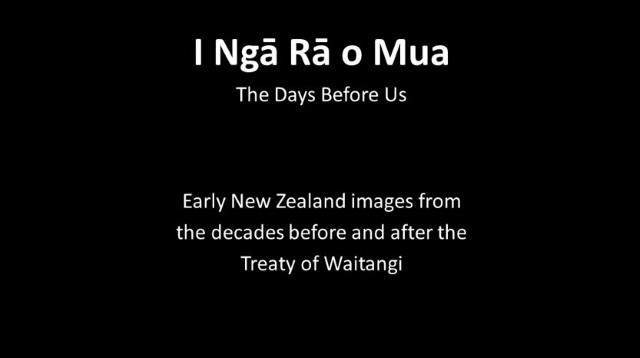Waitangi Day through the years
Since 1974, New Zealand has celebrated Waitangi Day on 6 February each year.
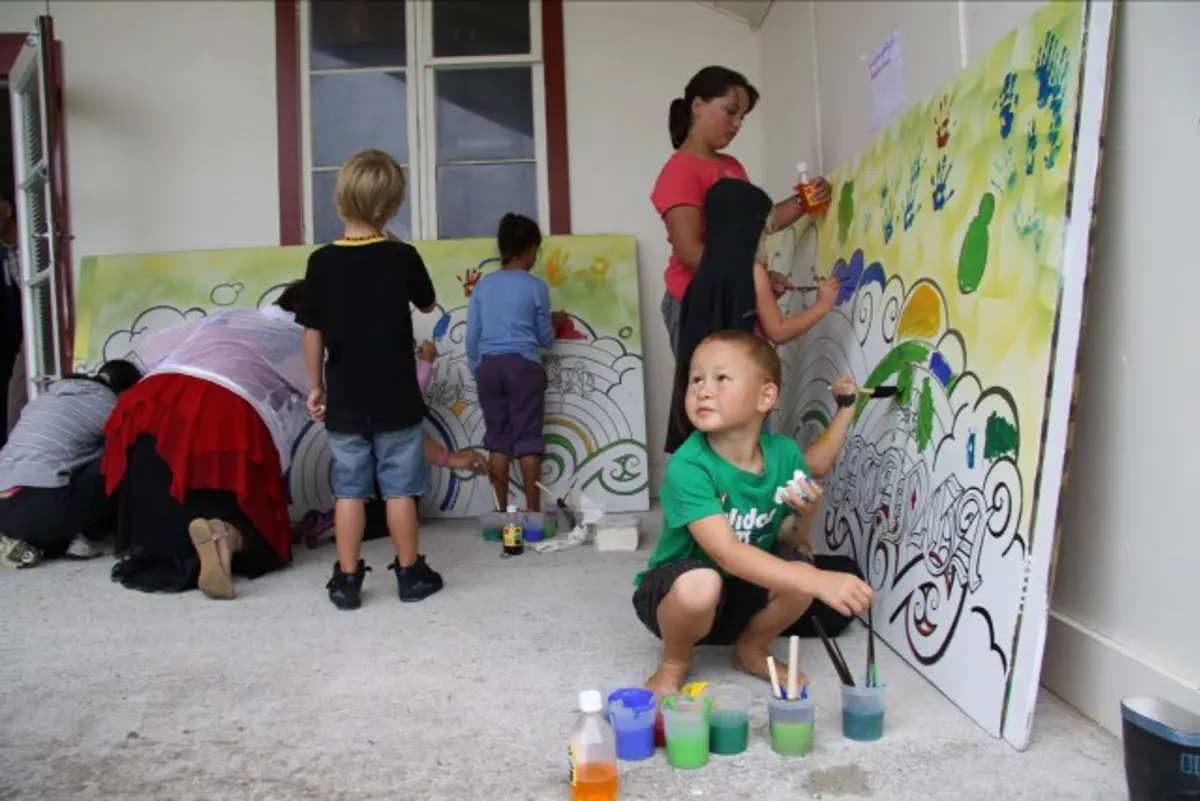
What it is
- The Treaty of Waitangi - Te Tiriti o Waitangi – is an agreement that was signed by representatives of the British Crown and over 500 Māori rangatira (chiefs).
- In 1839, William Hobson was sent to New Zealand to make a Treaty with Māori Chiefs. His mission was to secure British sovereignty over New Zealand.
- The Treaty of Waitangi takes its name from the place in the Bay of Islands where it was originally signed, on 6 February 1840.
- The Treaty of Waitangi is New Zealand’s founding document.
What the Treaty says
- The Treaty of Waitangi was drawn up in English by James Busby. It was then translated into Te Reo Māori by the missionary Henry Williams and his son Edward.
- The Treaty of Waitangi had three key articles:
Article One: that the British monarch (Crown) has the right to rule over New Zealand;
Article Two: that Māori chiefs would keep their land and their chieftainships, and would agree to sell their land only to the British monarch; and
Article Three: that Māori would have the same rights and protections as British subjects. - The English and Māori language versions of the Treaty are not exactly the same.This has caused confusion and different understandings of the Treaty.
- Much of the recent debate about the Treaty of Waitangi has focused on the use of the terms “sovereignty”, “kawanatanga” and “tino rangatiratanga”. Did Māori cede sovereignty to the Crown or not?
Read the English and te reo Māori versions of the Treaty of Waitangi
Who signed the Treaty
- Over 40 chiefs - mainly from Northland - signed the Treaty at Waitangi on 6 February 1840.
- Many of the chiefs that signed the Treaty at Waitangi on the 6 February 1840 had also signed a Declaration of Independence in 1835, asserting the independence of Nu Tirene (New Zealand).
- Ngāpuhi rangatira Hōne Heke was the first to sign the Treaty of Waitangi. He later ordered the cutting down of the flagpole at Kororāreka (later called Russell) in 1844.
- From February to September 1840, eight copies of the Treaty were taken to various parts of New Zealand, and a further 500 chiefs added their signatures to the agreement.
- Most chiefs signed the Māori translation - with only 39 signing the English version.
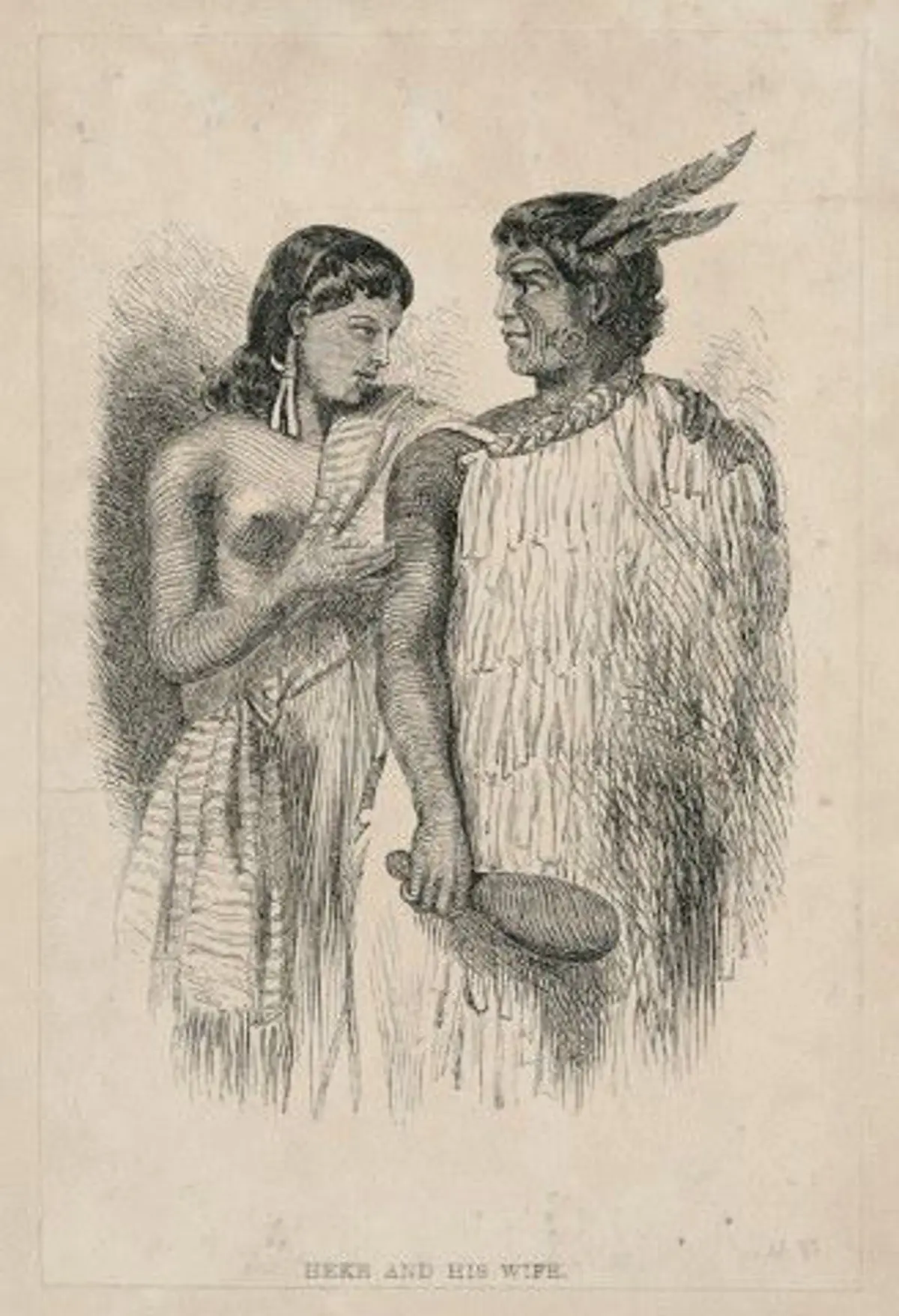
- Not all chiefs and tribes signed the Treaty of Waitangi – copies did not make it to all parts of New Zealand and some chiefs refused to sign.
- The Colonial Office in England later declared that the Treaty of Waitangi applied to all tribes – even those whose chiefs had not signed.
Signing on the Kāpiti Coast
- The tāngata whenua of the Kāpiti district are Te Āti Awa ki Whakarongotai, Ngāti Raukawa ki te Tonga and Ngāti Toa Rangatira, including whānau and hapū. In the 1820-1830s they were firmly established in the area and were signatories to the Treaty of Waitangi.
- Henry Williams, the translator of the Treaty of Waitangi, left the Bay of Islands on 2 April 1840 with two Māori-language copies of the Treaty. In Governor Hobson’s instructions to Henry Williams, he said that it was of great importance that Williams get the agreement of the powerful Ngāti Toa chief Te Rauparaha.
- Henry Williams arrived at Port Nicholson (Wellington) in mid-April. After 10 days of negotiations, 39 chiefs signed the Treaty aboard the schooner Ariel. Another 34 chiefs signed at Queen Charlotte Sound and Rangitoto (D'Urville Island).
- In May 1840, Henry Williams also received the agreement of chiefs at Ōtaki, Waikanae, in the Manawatū, at Whanganui and Motungarara, a small island off Kāpiti Island.
- Among those who agreed to the Treaty at Kāpiti were Te Rauparaha, his son Tamihana Te Rauparaha, his niece Rangi Topeora and her son Henare Matene Te Whiwhi.
- Rangi Topeora was one of only about twelve women who are thought to have signed the Treaty.
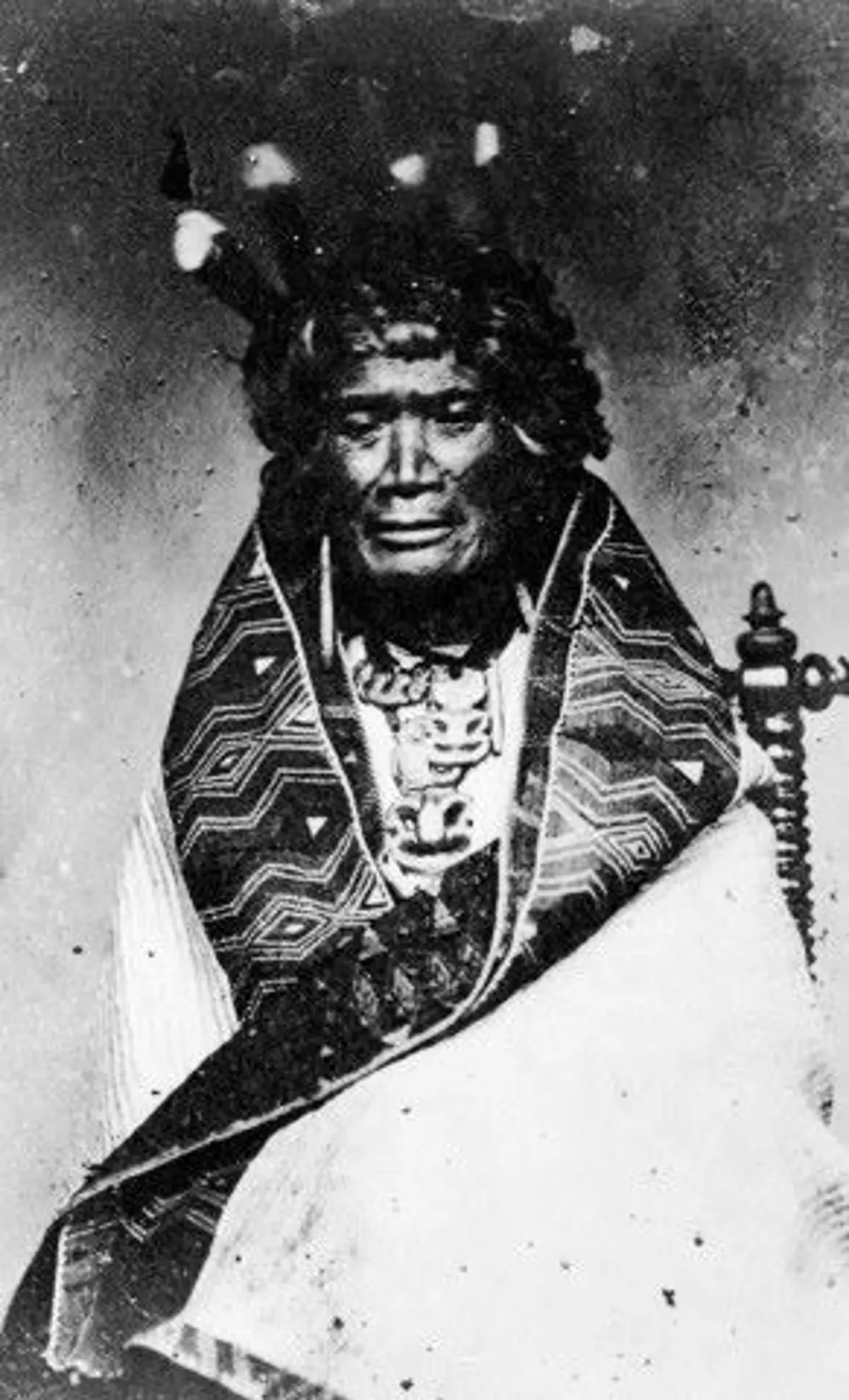
Signatories to the Treaty of Waitangi at Kāpiti, Ōtaki, Waikanae and Motungarara
This list of local signatories is taken from the full list of signatories found on Henry Williams Treaty copy.
|
Signed as |
Probable name |
Iwi (Tribe) |
Hapū (sub-tribe) |
|
Signed on 14 May 1840 [at Kapiti?], witnessed by Henry Williams and Octavius Hadfield |
|||
|
Te Rauparaha |
Te Rauparaha |
Ngāti Toa |
Ngāti Kimihia |
|
Katu |
Katu [Tamihana Te Rauparaha] |
Ngāti Toa |
Ngāti Kimihia |
|
Te Wiwi |
[Henare Matene] Te Whiwhi |
Ngāti Raukawa |
Ngāti Huia, Ngāti Kikopiri |
|
Topeora |
Rangi Topeora [Kuini Wikitoria] |
Ngāti Toa |
Ngāti Kimihia, Ngāti Te Maunu |
|
Signed on 19 May 1840 [at Otaki?], witnessed by Henry Williams and Octavius Hadfield |
|||
|
Te Ruru |
[Aperahama?] Te Ruru |
Ngāti Raukawa |
Ngāti Huia |
|
Matia |
Matia |
Ngāti Raukawa |
|
|
Kiharoa |
Kiharoa [Kihaoro] |
Ngāti Raukawa |
Ngāti Pane, Ngāti Turanga |
|
Te Puke |
[Hori Kingi?] Te Puke |
Ngāti Raukawa |
Ngāti Waihurehia? |
|
Toremi |
[Horomona] Toremi |
Ngāti Raukawa, Rangitane |
|
|
Te Ahoaho |
Te Ahoaho |
Ngāti Raukawa? |
|
|
Tahurangi |
Tahurangi |
|
|
|
Kehu |
Te Kehu [Te Whetu-o-te-ao?] |
Te Āti Awa? |
|
|
Signed on 16 May 1840, at Waikanae, witnessed by Henry Williams and Octavius Hadfield |
|||
|
Reretauwangawanga |
Te Rere-ta-whangawhanga |
Te Āti Awa |
Manukorihi |
|
Witi |
Whiti [Wiremu Kingi Te Rangitake] |
Te Āti Awa |
Ngāti Kura, Ngāti Mutunga |
|
Te Patukekeno |
Te Patukekino/ Te Patukaikino? |
Te Āti Awa? |
|
|
Ngaraurekau |
Ngaraurekau |
Te Āti Awa? |
|
|
Te Heke |
Te Heke |
Te Āti Awa? |
|
|
Tuamane |
Tuamane |
|
|
|
Ngapuke |
1 Ngapuke |
1 Te Āti Awa? |
|
|
Te Patukakariki |
[Wiremu?] Te Patukakariki |
Te Āti Awa, Ngāti Toa? |
Ngāti Tuaho, Ngāti Tihina? |
|
Ngakaue |
Ngakaue/Ngakawe? |
|
|
|
Pukerangiora |
Pukerangiora |
|
|
|
Kukutai |
Kukutai |
Te Āti Awa? |
|
|
Koinaki |
Koinaki |
Te Āti Awa? |
|
|
Raranga |
Raranga |
Te Āti Awa? |
|
|
Hohepa Matahau |
Hohepa [Ripahau] Matahau |
Ngāti Raukawa? |
|
|
Kiha |
Kiha |
Te Āti Awa? |
|
|
Hiangarere |
Hiangarere |
Te Āti Awa? |
|
|
Hurerua |
Hurerua |
Te Āti Awa? |
|
|
Te Wehi |
Te Wehi |
Te Āti Awa? |
|
|
Pehi |
Pehi |
Te Āti Awa? |
|
|
Ketetakere |
Ketetakere |
Te Āti Awa? |
|
|
Signed on 4 June 1840, at Motungarara, witnessed by Henry Williams and George Thomas Clayton |
|||
|
Te Rangihiroa |
Te Rangihiroa |
Ngāti Toa |
Ngāti Te Maunu |
|
Te Ohu |
Te Ohu |
Te Āti Awa? |
|
The Treaty today
- Since the signing of the Treaty of Waitangi, many of the rights guaranteed to Māori have been ignored.
- In 1975, the Waitangi Tribunal was set up to investigate breaches of the Treaty.
- The Waitangi Tribunal has to determine the Treaty's 'meaning and effect', drawing on the Treaty in both Māori and English.
- The Waitangi Tribunal has ruled on a number of claims brought by Māori iwi (tribes) and, in many cases, compensation has been granted.
- The government recognises that the Treaty is a ‘living’ agreement which must grow and develop with time.
- Today the “Treaty Principles” of partnership, participation and protection guide the relationship between the Government and Māori under the Treaty of Waitangi.
How we commemorate Waitangi Day
- In Kāpiti, Waitangi Day is commemorated each year in partnership with tāngata whenua. The event is hosted at different marae and locations around the rohe.
- Visit your local library to see displays and read more about the Treaty of Waitangi and New Zealand’s history.
- Spend time with your family and friends at home, on the beach or in the great Kāpiti outdoors. Celebrate our beautiful country and the people in it.
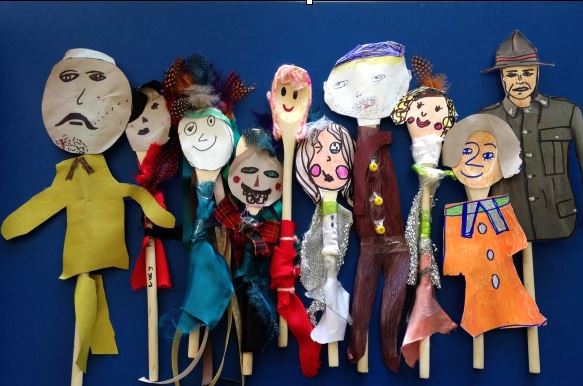
We made over 275 spoon portraits to celebrate Waitangi Day 2016. The spoons were decorated by local people of all ages. The idea was to to celebrate our diverse Kāpiti community - past and present.
What it was like in the 1830s and 1840s
Here is a slideshow featuring early images and descriptions of Kāpiti and the surrounding areas.
Activities - printable PDF resources
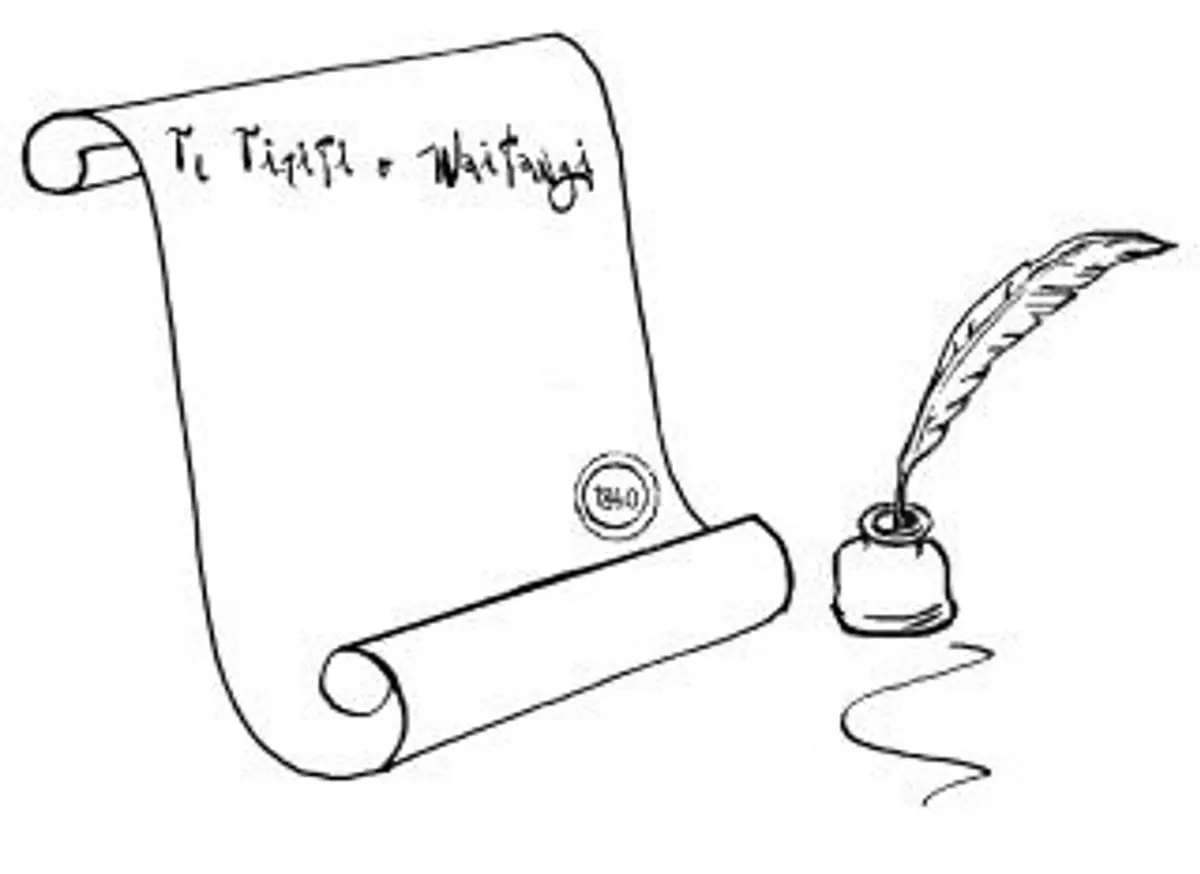
Sign your name to your own version of the Treaty. Download a copy [PDF 210 KB].
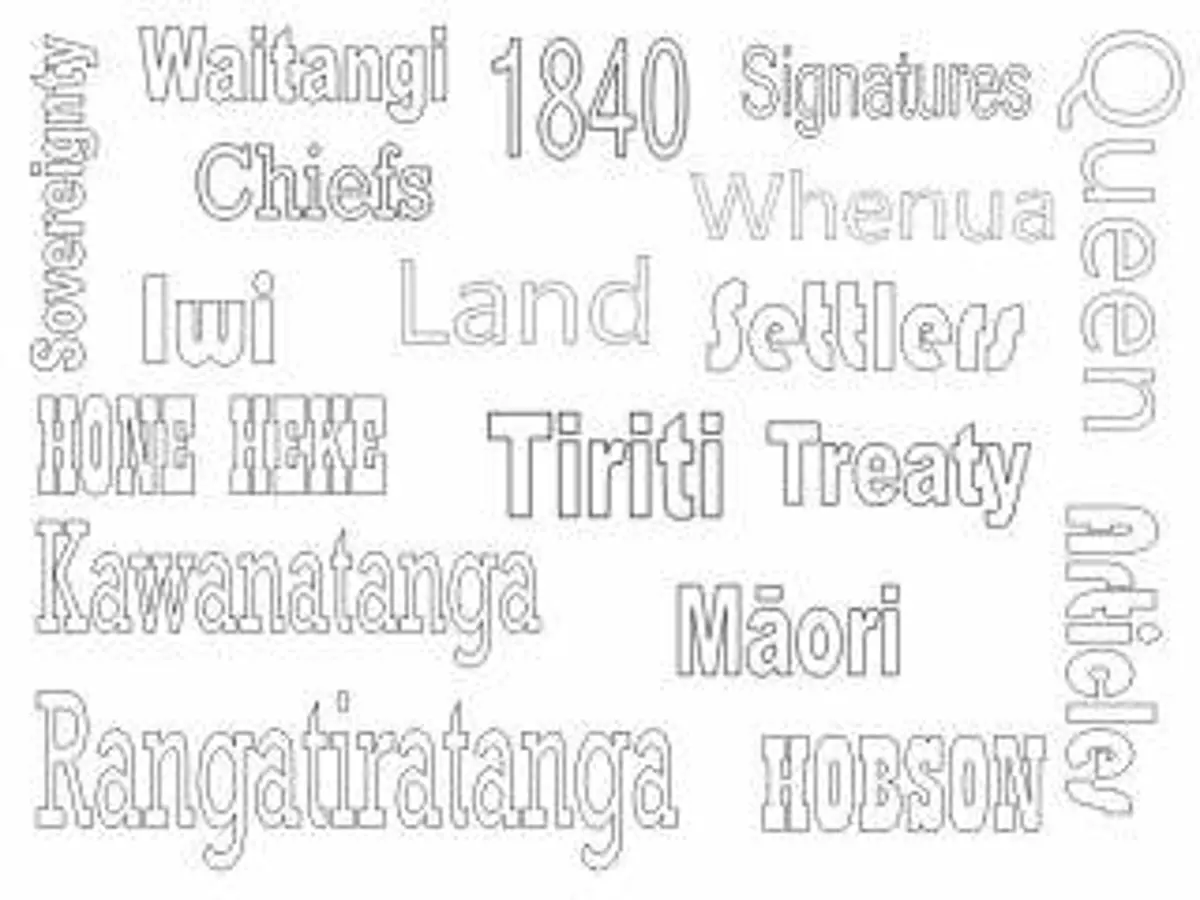
List of Treaty of Waitangi words (kupu). Download a copy [PDF 177 KB].

